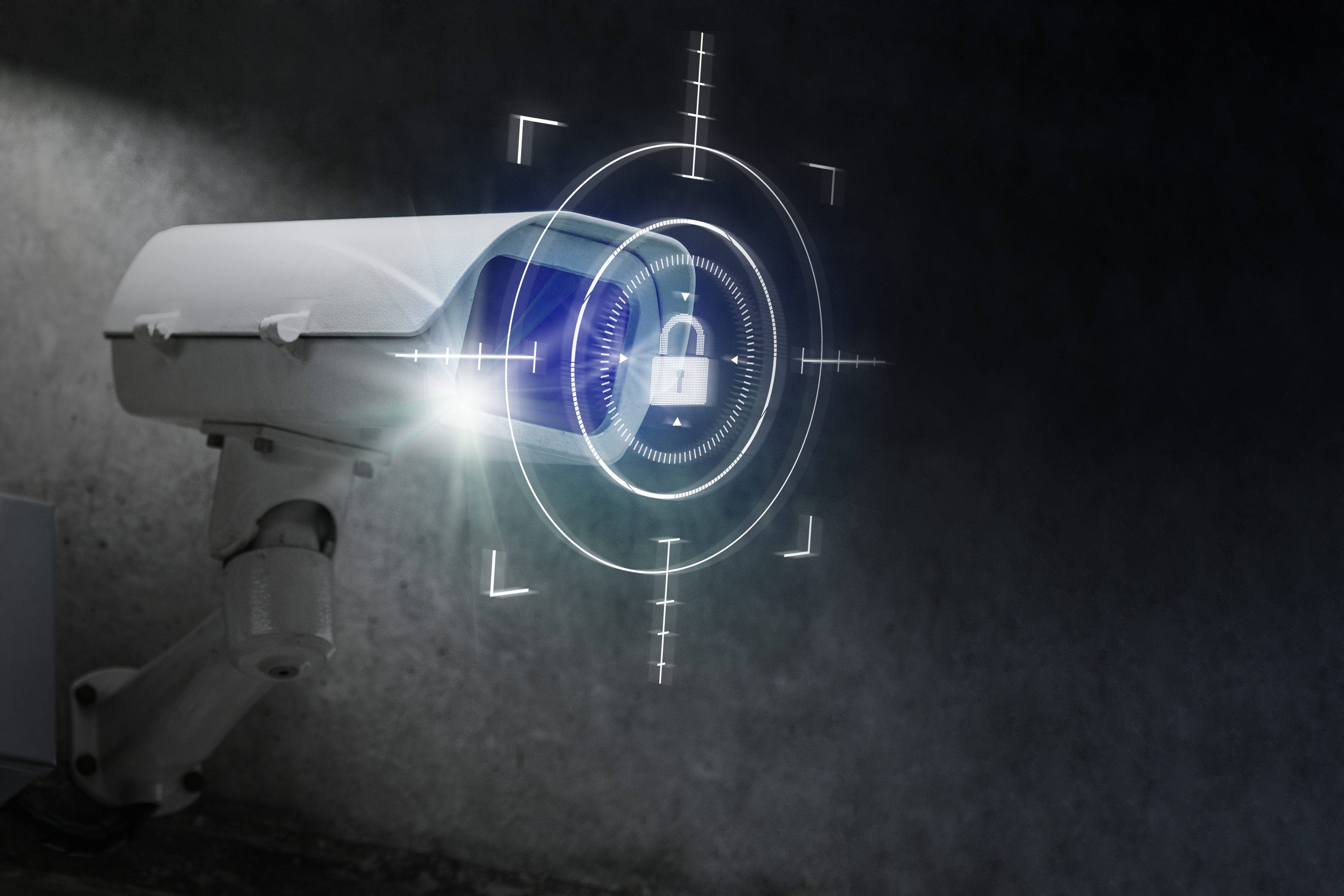In today’s fast-paced world, businesses rely on technology to streamline operations and ensure safety. One of the most effective tools for security and efficiency is CCTV surveillance. But modern CCTV systems do more than just record footage; they provide valuable data that businesses can use to enhance safety, improve decision-making, and optimize operations.
In this blog, we’ll explore how businesses are leveraging CCTV data to create a safer and more efficient work environment.
1. Enhancing Security and Crime Prevention
The primary purpose of CCTV cameras is to deter crime and enhance security. Businesses use real-time monitoring and recorded footage to:
- Prevent theft and vandalism by keeping an eye on high-risk areas.
- Identify suspicious activities before they escalate into major incidents.
- Provide evidence to law enforcement in case of a security breach.
With advanced AI-powered analytics, businesses can now detect unusual activities, such as unauthorized access, and send alerts to security teams instantly.
2. Improving Workplace Safety
CCTV data helps companies maintain a safe working environment by:
- Monitoring employee adherence to safety protocols.
- Identifying potential hazards in industrial settings, warehouses, and construction sites.
- Preventing workplace accidents by analyzing patterns in past incidents and taking corrective measures.
For example, businesses in manufacturing industries use structured cabling solutions for CCTV systems to ensure stable video transmission and real-time monitoring of safety compliance.
3. Enhancing Customer Experience
Retail stores, restaurants, and service businesses use CCTV analytics to study customer behavior and improve service. CCTV data can help with:
- Tracking foot traffic to optimize store layout.
- Identifying peak hours to improve staff allocation.
- Monitoring customer interactions to assess service quality and make improvements.
By analyzing CCTV footage, businesses can gain insights into what works best for their customers and make data-driven decisions.
4. Boosting Employee Productivity
CCTV cameras are not just for security; they also play a key role in monitoring employee performance. Businesses use CCTV data to:
- Ensure staff members are productive and engaged in their tasks.
- Detect inefficiencies in workflows and optimize them.
- Monitor attendance and adherence to work schedules.
However, it is crucial to use CCTV responsibly and transparently to maintain employee trust while improving workplace efficiency.
5. Reducing Operational Costs
CCTV data allows businesses to cut down on unnecessary expenses by:
- Reducing the need for physical security personnel in certain areas.
- Lowering insurance costs by demonstrating compliance with safety regulations.
- Preventing losses due to theft, fraud, or inefficiencies.
With structured cabling solutions ensuring reliable CCTV performance, businesses can minimize maintenance costs and ensure seamless operations.
6. Streamlining Supply Chain and Logistics
Warehouses and logistics companies rely on CCTV to track inventory movement and optimize supply chain processes. CCTV data helps with:
- Monitoring shipments and ensuring products are handled correctly.
- Preventing inventory shrinkage due to theft or mismanagement.
- Enhancing efficiency in loading and unloading operations.
By analyzing footage, businesses can identify bottlenecks and improve logistics efficiency.
7. Resolving Disputes and Legal Issues
CCTV footage serves as solid evidence in resolving disputes, whether they are between employees, customers, or external parties. Businesses use CCTV recordings to:
- Address workplace conflicts fairly.
- Resolve customer complaints by reviewing incidents.
- Provide legal evidence in case of liability claims or lawsuits.
Having clear video evidence can protect businesses from fraudulent claims and ensure fairness in dispute resolution.
8. Enabling Remote Monitoring and Management
Thanks to cloud-based CCTV solutions, business owners and managers can monitor multiple locations remotely. This allows for:
- Real-time surveillance from anywhere via mobile devices.
- Quick response to security threats, even outside business hours.
- Centralized management of security across multiple branches or locations.
With structured cabling, businesses can ensure a stable and high-quality video feed for effective remote monitoring.
9. Supporting Business Compliance and Regulations
Many industries require strict compliance with security and operational guidelines. CCTV data helps businesses:
- Adhere to industry regulations related to workplace safety and surveillance.
- Avoid penalties by proving compliance with security protocols.
- Maintain transparency in business operations.
CCTV surveillance ensures that businesses stay in line with legal requirements while maintaining high safety standards.
Conclusion
CCTV systems are no longer just security tools; they are valuable assets that help businesses improve safety, optimize operations, and enhance customer and employee experiences. With the right structured cabling solutions, businesses can ensure a stable and efficient CCTV network that delivers real-time insights and long-term benefits. Investing in modern CCTV systems with data analytics capabilities empowers businesses to make smarter decisions, prevent risks, and create a more secure and productive environment. If you’re looking to upgrade your surveillance system, make sure to choose reliable solutions that align with your business needs.
